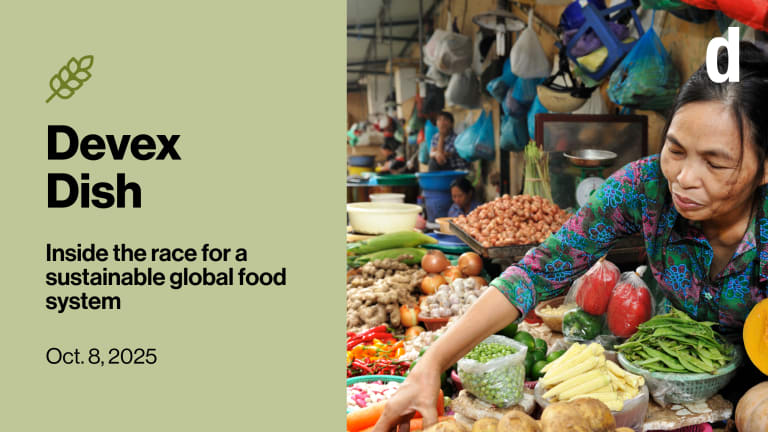Hunger — one of the most perennial calls-to-action in global development — is misunderstood.
“The images we use to [illustrate] hunger — the emaciated, starving child who hasn’t eaten for days or weeks — no longer capture the whole picture,” Bjørn Lomborg, director of the Copenhagen Consensus Center told Devex last month on the sidelines of the Global Alliance for Improved Nutrition #FutureFortified Global Summit in Arusha, Tanzania.
“Now we’re looking at loss of life and loss of potential caused by unseen deficiencies — deficiencies taken for granted in so much of the developed world where people don’t need to know their foods are fortified with nutrients in order to be saved by them,” he said.
Read more stories on #FutureFortified:
► The buzz from the #FutureFortified Global Summit in Tanzania
► Food fortification: An idea whose time has come to go to scale
► Today's nutrition work calls for business, tech skills
► Jay Naidoo: Private sector, government and women key to nutrition partnerships








